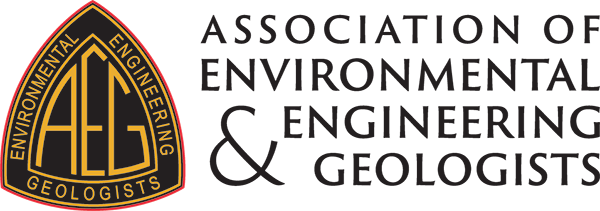The Life of a Traveling Geologist
It feels like yesterday I got a phone call from the head of the Geotechnology’s geotechnical division concerning my workload in November and December, and if I could go do Cone Penetration Testing (CPT) in Michigan for “a while.” At Geotechnology, there were only two trained operators for the massive, 40,000 lb CPT rig and I am one of them. After being reassured I would be home for the holidays and not miss a thing, I said, “I’m in.”
CPT (cone penetration testing) is a direct push rig that pushes a cone tip vertically into the ground to collect load cell data, think pushing a piece of spaghetti into a cake. Before starting a location, it is important to have the utilities cleared, cone hooked up, rig leveled to ensure a stable push platform, computer software operational with the proper job number/ hole number and the cone cleaned and assembled.
Read More
Seabed mining: Environmental cost to meet demand for renewable energy technology
AEG Blog by William Godwin, PG, CEG. Past President of AEG
OPINION
Read More
Radon Investigation and Remediation
Radon is a naturally-occurring radioactive gas found commonly in many buildings. It is known to cause lung cancer. Because it is colorless and odorless and can easily build up to dangerous levels in the enclosed spaces of our homes and workplaces, it poses a particularly sneaky hidden threat. Structures of any age can be susceptible to high radon levels, however there are certain areas of the country that are at an increased risk of elevated radon levels. Visit the EPA’s interactive radon map to see the risk level in your area.
Radon gas forms in the Earth’s crust during the uranium decaying process. It rises through the surface of bedrock and soil, where it seeps into buildings through foundations and subfloor levels. If the radon gas does not have the ability to dissipate, it can build up and expose the people within to significant health risks.
Read More
Understanding Emerging Contaminants
When most people think about the work of a geologist, they picture someone looking at and studying rocks and fossils. But hydrology, the study of groundwater, is a crucial area of concern for many applied geologists.
Read More
Damage from January 17, 1994 Northridge earthquake (USGS, public domain)
One of the most important functions that an Applied Geologist can undertake is to study and assess the risk of human injury and property damage posed by potential geologic hazards. This allows the geologist to make recommendations to mitigate those hazards, thereby fulfilling a critically important societal need.
Read More
Maintaining the structural integrity of adjacent building foundations becomes an expensive condition for tank removals due to the added cost and time to properly shore the excavation while performing the removal (Figure 1). Similar issues occur if the tank is adjacent to a property boundary, roadway, or a retaining wall. Utilities that cross over or near the tank would require protection and care before and during excavation activities.
If the tank removal is being conducted on an active site, or if the tank is in or near a roadway, other tanks in use, fuel pumps, or in an area of work, there could be a large disruption to the business or safety issues for multiple parties if removing the tank (Figure 2).
Read More
Anna Saindon, P.E., R.G., Ph.D., AEG Member, St. Louis Chapter
Environmental Senior Project Manager – Geotechnology, Inc.
